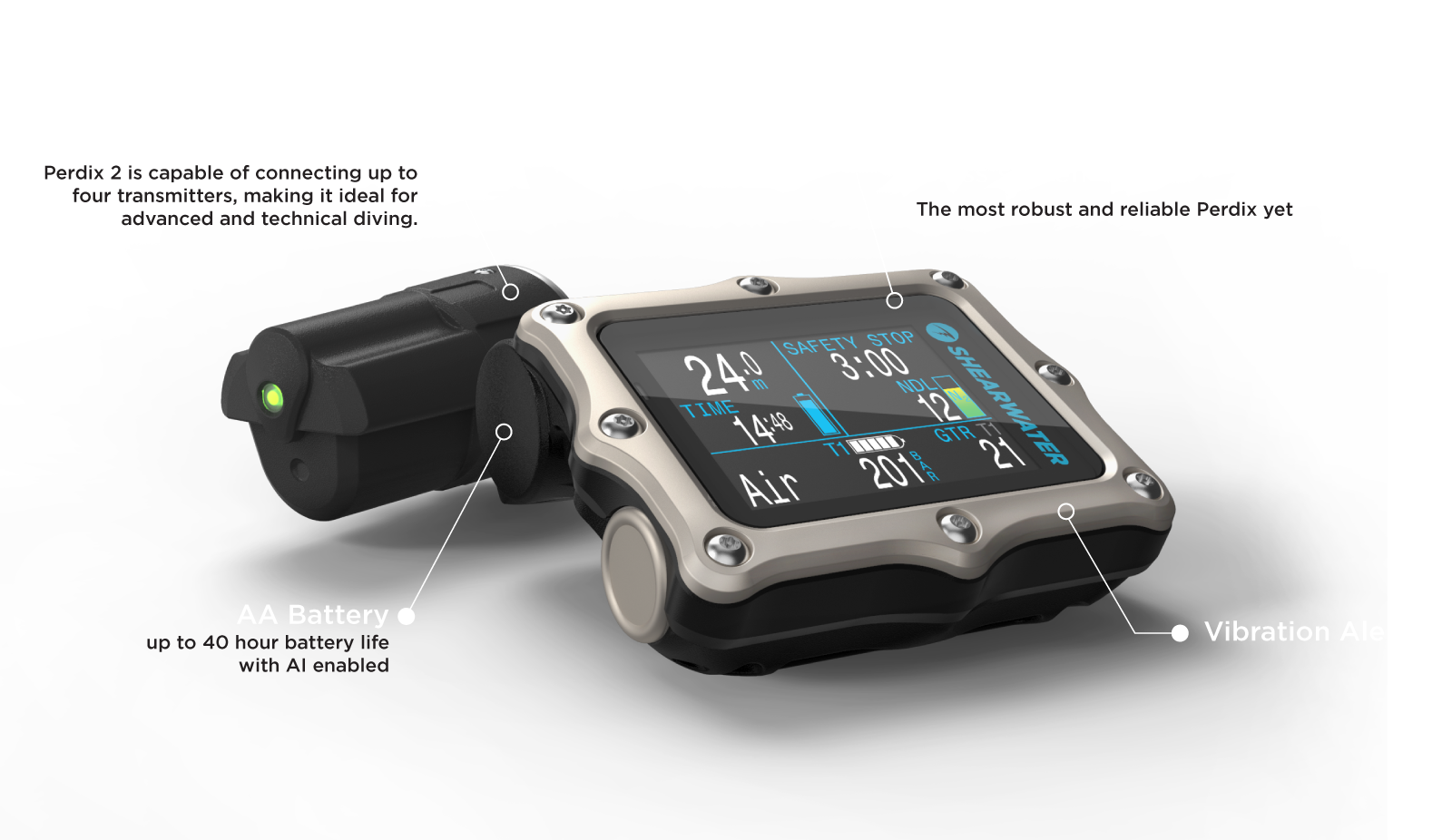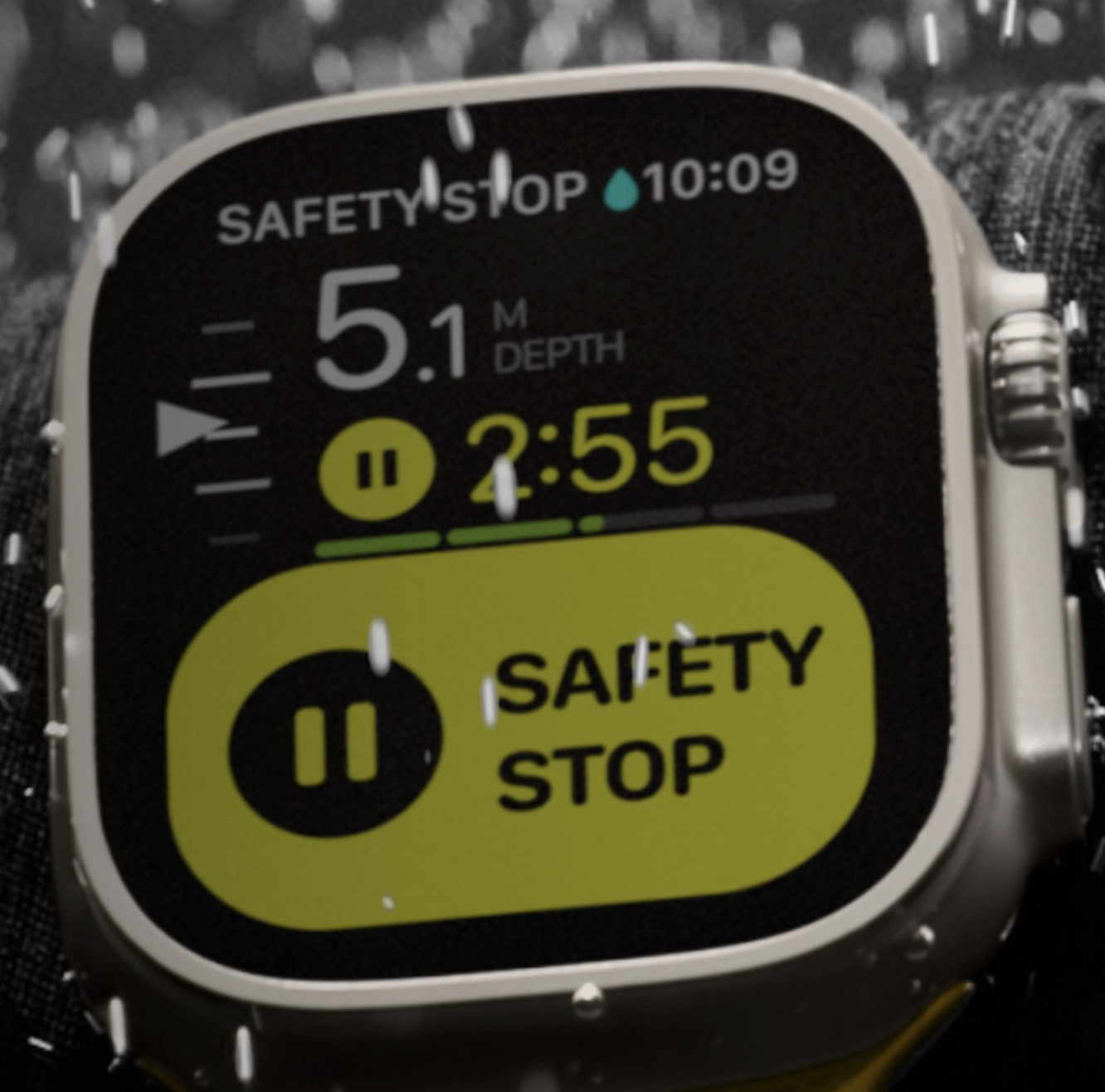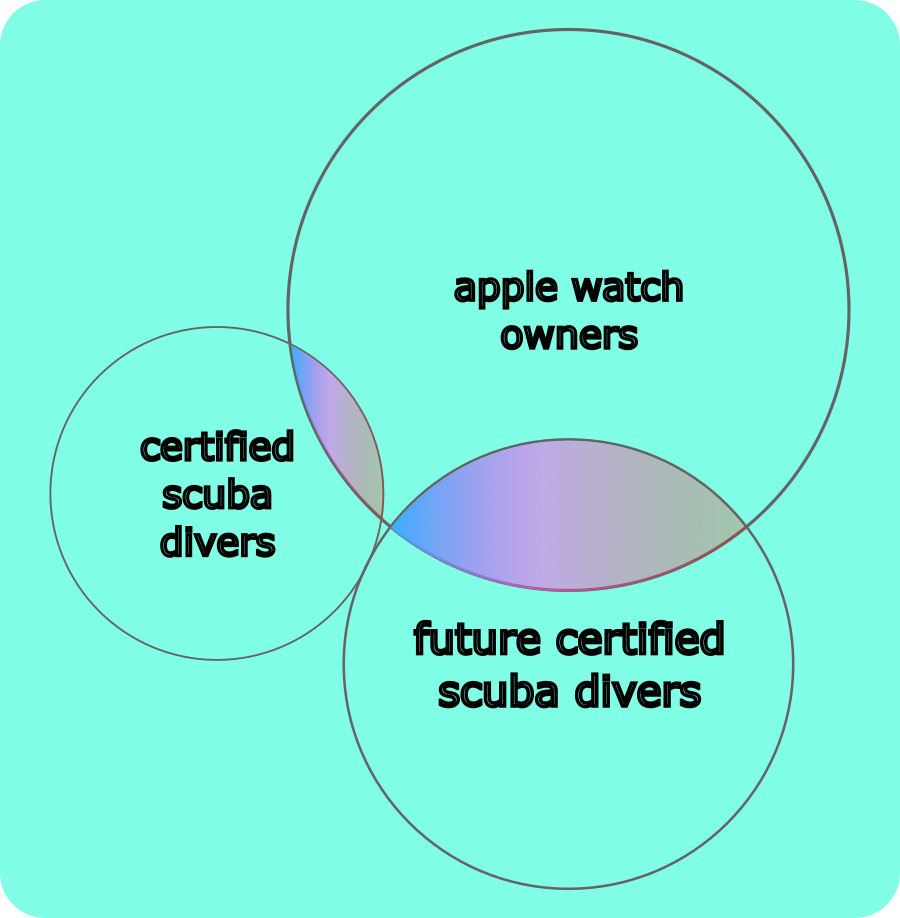Oceanic+ app on the Apple Watch Ultra and the perils of subscription based software
Apple’s newest watch, rated up to 100m comes with a depth sensor (usable up to 40m). This is just a small thing among the many features their Übermensch watch boasts, so its implications might have been eluded. The introduction of the Oceanic+ app has made recent news among both tech and diving circles, yet I feel the discussion is missing out on what to me is a turning point.
Apple is not selling a dive computer, it’s selling a platform to already established dive computer manufacturers, such as Oceanic. The question motivating this post is if the platform is going to be open to other manufacturers and individual developers.
Apple is behind the first general purpose programmable dive computer
I used to think (sweet summer child) that the first programmable dive computer was going to be under a community project. There are some, both software and hardware. The most notable are probably the OSTC dive computers from heinrichs weikamp, and not mentioning it here would be a disservice to them. Still, I would not call the OSTC a general purpose programmable dive computer.
Quick primer on dive computers
I would summarize a dive computer as follows: a device that regularly monitors your time and depth underwater and provide you with safety margins and operations (decompression stops). The reason behind these are lenghty and fall under the realm of the physics of diving, and out of the scope of this post.
All of the following are dive computers, under different tech generations, features and price ranges.
All of them do roughly the same. That might come as an overstatement, but on 80% of recreational diving, all of these serve the same purpose: depth, time and a 3 minutes stop reminder. Maybe a compass? For the sake of this post, I will consciously ignore the remining 20%. You know who you are and what tool serves your purpose and your safety. This post is not about you.
Algorithms
A dive computer follows a decompression algorithm. There are many, and are documented mathematic models sprinkled with patented modifications. Bühlmann and RGB are the most common ones. I am mentioning algorithms just to highlight that there’s nothing inherently magical about a dive computer and the algorithm is an implementation detail. The companies behind dive computers are not only selling the watch, but the algorithm.
Why an expensive dive computer
We humans are capricious creatures. We like our tools as much as we like shiny things, and as such, sometimes we buy things that we do not really need for a variety of reasons. It’s none of my business how we humans decide to part with our money, but on the sport of recreational diving, it’s a well known fact that most recreational divers do not need an expensive dive computer. Still, we buy them. Because they are shiny, because they are top of the line. Because they are reliable and have a compass. Because they have a different algorithm or because we cannot outgrow them. And that’s fine! Now again, there’s something very important:
A dive computer that you do not understand is the same as having no computer at all
This much money will give you a very nice dive computer, albeit terribly complex and completely overkill for most of the recreational diving. If someone is willing to spend that much on a dive computer for recreational diving, is an apple watch money better spent?
Let’s just acknowledge that a technical dive computer is a tough sell to someone that wants to spend this much but dives very very occasionally, with a dive guide and on shallow waters. I have seen the very confused face of a yacht owner diving with his shiny 1k USD new G2 Scubapro dive computer trying to understand what the numbers are telling him.
For someone that wants to spend this much on a vanity dive computer, a very expensive but simpler dive computer is a better choice. I know that’s what entry level dive computers are for, but think about someone looking for dive computer that is both expensive and simple to use. The market exists.
About target audience
I think the target audience still does not know they are the target audience, because they still do not need a dive computer! For all I know, the target audience still does not even know they want to dive yet.
If you already dive, and you own a dive computer, you are only a very small part of the target audience, and I think it will dwarf compared to the number of people that will get certified already owning an apple watch. Why buy a new dive computer, when the watch you are wearing is already ‘dive computer’ capable?
Subscription: a partnership between Apple and Oceanic
Apple is not a dive computer company. They sell computers. Other dive computer brands also sell computers, but these are not general purpose. Apple is now entering a different new field, it’s offering their platform to others to market their “dive computer experiences”. This is new for scuba diving. I guess it’s not so new on trekking and hiking. A suunto or a garmin might give you a better overall experience, but for most of the recreational hiking, an apple watch loaded with a maps app suffices.
Oh, but the margins… I guess the margins of selling software and hardware are not the same. And as such, Oceanic has decided to go the route of a subscription model. Maybe they are testing the waters? (heh).
By looking at the numbers, tissue loading and decompression info is only covered under a subscription. Even if 80% of recreational diving does not require this, if you are not covering for these, why do wear a dive computer at all? This subscription model makes me sad and I am worried about the implications of this when / if it proves successful.
Remember when I said the physics of diving were out of the scope of this post? Imagine if I told you, pay me 4.99 USD/day and I will tell you about the physics of diving.
The perils of proprietary subscriptions are many, see https://www.gnu.org/proprietary/proprietary-subscriptions.html for more information. A life safety device tied under a subscription that will refuse to provide vital information when the situation needs it raises many questions.
I feel sad knowing that new divers will enter the space with such a model already in place. We tend to forget about the things we have never experienced differently and as such, to someone new a subscription model on a dive watch might not raise the same alarms as it does to me.
It’s this strange gut feeling telling you that something wrong is happening, even though you cannot put it on proper words, and I am trying to do this by writing this post.
What can we do about it (if we care) – mostly questions or a summary
- Is this a unique deal between Apple and Oceanic, or would they allow other stablished manufacturers to coexist on their platform, say Suunto.
- Will other manufacturers follow suit, and publish their own diving app for the apple watch. Long term, will they try the subscription model too if they see that it works?
- Related to the previous point, can the user of an apple watch choose freely which app they want to use for diving?
- If so, is the community ready for providing a libre diving app for the apple watch? Will the apple store ever accept such an app? Does any apple watch app have unrestricted access to the pressure readings.
- How long until other platforms start integrating depth sensors and serious depth ratings? The manufacturing technology is there. Once the manufacturing process of integrating these chips exists, any other company will start doing it. If so, will it be an android device?
- How long until a community platform, such as https://www.pine64.org/pinetime/ starts integrating a depth sensor and is the community ready for such thing happening?
- I feel that discussing the Oceanic+ on the apple watch hero just from the standpoint of a dive computer is missing the point. If I understand this correctly, Apple is selling their platform to already established brands. It’s telling them, stop building hardware and just build software on mine.
- I also somehow feel we (as in, me and whoever else cares) have failed our future selfs by being late to this party. We have no platform, no software and the first example of such dive app being subscription based is setting a dangerous precendent to our already walled digital lives.








https://heinrichsweikamp.com/ has provided the OSTC dive computer with libre firmware since quite some time, so I guess ‘people’ would trust a libre diving app.
Thanks for pointing that out. I forgot too quickly about this project and assumed it had died, not sure why. I will include it on the post.
I played around a bit with SwiftUI and the dive monitoring APIs in the hopes of writing an open source dive computer for the Apple Watch. I spent all my hours learning UI layout and not much time figuring out decompression algorithms.
My repo here shows some use of Apple’s APIs:
https://github.com/justjake/Trieste
So does this confirm that the dive monitoring APIs are available underwater and custom software can be written for it? Thanks!
I can’t imagine any reason Apple would restrict other developers from creating competing diving apps with access to the same APIs. Apple only restricts apps that duplicate core system features, and even then they allow third party competitors for Mail, Calendar, etc. The only time they clamp down is when they see a threat to their business model or platform security.
Having said that, it’s pretty clear to me that Apple had a large role in designing the user interface for this app, while relying on Huish for their expertise on diving physiology. The app’s design is pure Apple, and completely different from anything any other type of computer maker has ever produced. I look forward to seeing third party competitors but I suspect that, initially, at least, their user experience will suck.